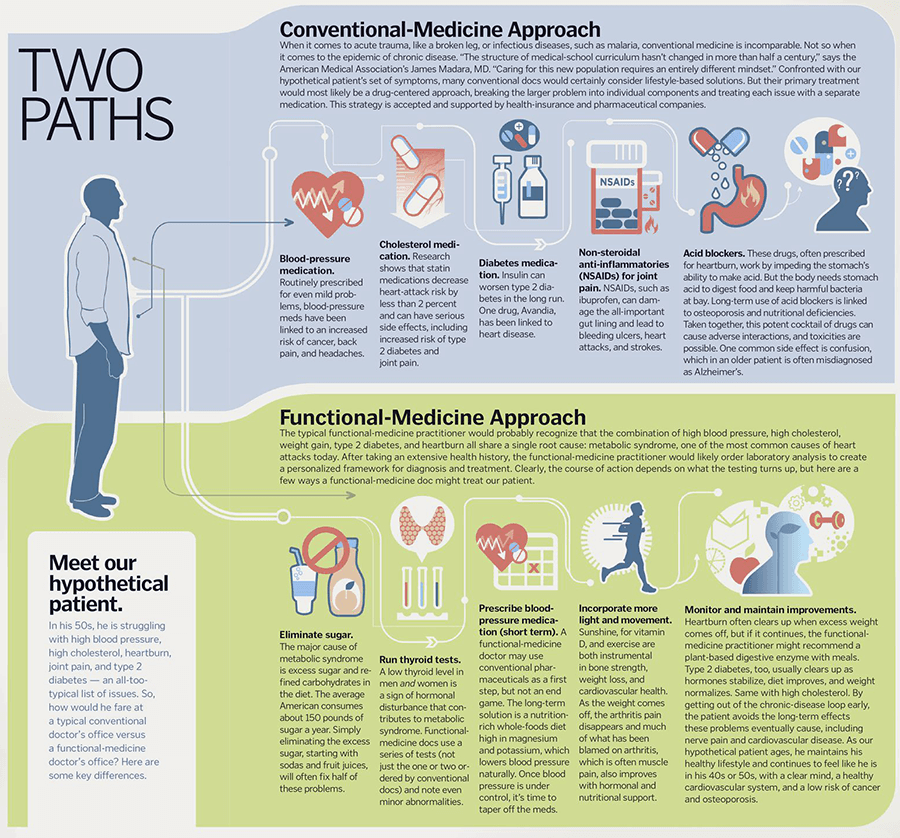Table of Contents

[/image][=video]
[/video]
Viscosupplementation: Shot of hyaluronic acid right into intra-articular area can bring back the thickness and elasticity of osteoarthritic synovial liquid. HA plays a necessary function in shock absorption, lubrication, and the visco-elastic nature of the synovial liquid. Prolotherapy: Prolotherapy is the shot of a service to rehabilitate an incompetent structure and promote sclerosis at the shot website.
Greater than one treatment session might be called for prior to outcomes are really felt and, similar to any treatment, results are not ensured. A stem cell does not offer a details physical feature, but it can become a cell that does, such as a cartilage material cell or a tendon cell. Physicians who utilize stem cell therapy believe that, when put right into a certain environment, stem cells can change to satisfy a specific requirement.
To make PRP, blood is taken from the individual and then processedoften utilizing a centrifugeto produce a concentrated option of platelets and plasma (PRP).: All PRP is not the same.
Swelling raises blood circulation and draws in cellsgranulocytes, monocytes, macrophages and fibroblaststhat can fix and heal broken tissues. Throughout prolotherapy, a physician infuses an irritant into the damaged area, which temporarily boosts swelling.
Perimenopause Treatment

Prolotherapy often uses PRP as an irritant, however prolotherapy is not necessarily a cellular therapy. Actually, the most generally utilized irritant is dextrose, a basic sugar. Compounds such as glycerine or saline might likewise be used.: Contrasted with various other regenerative medication therapies, such as stem cell and PRP shots, there is not a whole lot of medical study relating to prolotherapy and its effectiveness.
Various methods might be made use of to attempt to fix cartilage, consisting of yet not limited to: Making tiny cuts or abrasions in the bone straight below the cartilage injury. The aim is that the blood from the harmed bone will assist in new cartilage material cell development. Transplanting cartilage material from one more part of the person's body, a benefactor, or animal.
Regenerative medication looks for to replace tissue or body organs that have been damaged by age, condition, trauma, or hereditary issues, vs. the current medical method that focuses largely on treating the signs and symptoms. The devices used to recognize these results are cells engineering, cellular therapies, and medical devices and synthetic body organs. Combinations of these strategies can magnify our all-natural healing procedure in the locations it is needed most, or take over the feature of a permanently harmed body organ.
When wounded or attacked by condition, our bodies have the natural reaction to heal and protect. The appealing field of regenerative medication is functioning to bring back structure and feature of broken tissues and organs.
Menopause Treatment
The goal of this approach is to establish transformative medical care options that will potentially treat formerly untreatable injuries and illness. Cells engineering is a strategy where naturally compatible scaffolds are implanted in the body at the website where new tissue is to be developed. If the scaffold is in the geometric form of the tissue that requires to be produced, and the scaffold attracts cells the result is new cells in the shape preferred.

Millions of individuals have been treated with some type of cells crafted devices, yet the field is in its early stage. Lots of millions of adult stem cells are discovered in every human.
To find out more about a few of the appealing research studies and scientific trials involving cellular treatments, go here. In situations where an organ fails, the primary medical method is to transplant a substitute organ from a contributor. The principal challenges are the availability of donor body organs, and the need that the contributor take immunosuppression drugswhich have side impacts.
Menopause Treatment around Saginaw
Regenerative medicine covers a large range of techniques in medication, biology, engineering, and various other locations of scientific research study. While there are only a restricted number of authorized regenerative medication treatments for people today, several potential therapies are in medical trials, or will certainly be quickly. These meanings are intended to assist you understand terms you may listen to as regenerative medicine becomes a widespread subject of discussion.
Biomaterials is an increasingly innovative innovation that blends principles of design and biology to drive discovery and testing of treatments. The term broadly refers to materials that are produced for the purposes of connecting with living cells, tissues, organ, and systems. Biomaterials can be stemmed from natural sources, like proteins or sugars, or from artificial compounds, like polymers, steels, or plastic.
One prominent classification of biomaterials, called hydrogels, are water-based frameworks with adjustable homes to house cells in 3D rooms that simulate problems in living cells. Next-generation biomaterials can be customized in real-time to route just how cells work in 3D room. Illness modeling is using animals, stem cells, and engineered tools to research human conditions without the demand for human topics.
Hormone Therapy
Diet plan, lifestyle, direct exposure to sunlight, and aging are all variables that can cause epigenetic modifications. In the field of regenerative medication, researchers research just how epigenetic changes add to disease-causing mutations. In one examination, ISCRM researchers become part of an initiative to develop a genetics therapy to aid children and canines with an unusual muscle problem to stroll and prosper.
Navigation
Latest Posts
Menopause Treatment servicing Saginaw, Michigan
Stem Cell Therapy in Saginaw, Michigan
Menopause Therapy